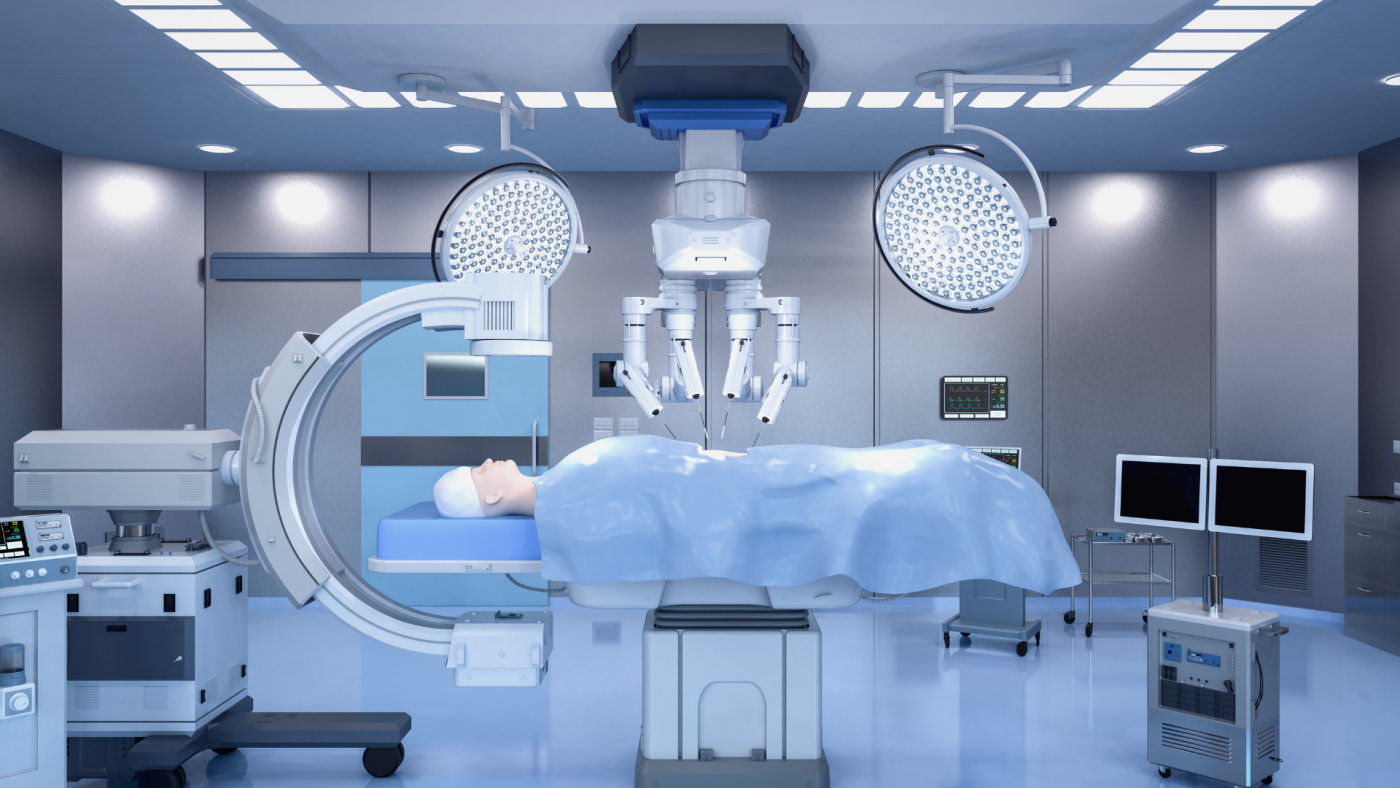Augmented Reality in the Operating Room

Authors: Amina Khalpey, PhD, Ezekiel Mendoza BS, Brynne Rozell BS, Zain Khalpey, MD, PhD, FACS
Augmented reality (AR) refers to the use of technology to superimpose digital information onto the physical world. When combined with real-time applied machine learning algorithms, AR has the potential to revolutionize the field of surgery by enabling surgeons to access and analyze vast amounts of data in real-time, leading to improved surgical outcomes and reduced surgical errors.
AR Headsets
One potential application of AR in surgery is the use of AR headsets, which allow surgeons to access and manipulate digital information while performing surgery. For example, an AR headset could provide a surgeon with access to the patient’s medical records, including past surgeries and imaging studies, as well as real-time data on the patient’s vital signs. This information could be used to inform surgical decisions and reduce the risk of errors.
AR Surgical Assistance
In addition to providing access to data, AR and machine learning algorithms could also be used to assist surgeons in performing complex procedures. For example, AR could be used to display a 3D model of the patient’s anatomy, helping the surgeon to visualize the surgical field and plan the procedure. Machine learning algorithms could also be used to analyze data from the surgical field and provide real-time feedback to the surgeon, helping to identify potential problems and suggest alternative courses of action. Another potential use of AR in surgery is the use of robots to assist with the procedure. Robots equipped with AR technology could be used to perform tasks such as suturing or cauterizing, freeing up the surgeon to focus on more complex tasks. Machine learning algorithms could be used to optimize the performance of these robots, improving their accuracy and reducing the risk of errors.
AR and Minimally Invasive Surgery
One area where AR and machine learning could have a particularly significant impact is in minimally invasive surgery. In minimally invasive surgery, small incisions are made and instruments are inserted through these incisions to perform the procedure. This type of surgery has many benefits, including reduced risk of infection and faster recovery times for the patient. However, it can be challenging for the surgeon to accurately visualize and manipulate the surgical field due to the small size of the incisions. AR and machine learning algorithms could be used to improve visualization in minimally invasive surgery by providing the surgeon with a 3D model of the surgical field. Machine learning algorithms could also be used to analyze data from the surgical field and provide real-time feedback to the surgeon, helping to identify potential problems and suggest alternative courses of action.
More Development Ahead
One potential limitation of using AR and machine learning in surgery is the risk of technological failures or errors. While these technologies are highly advanced, they are not foolproof and there is always the possibility that they could malfunction or provide incorrect information. It is important that surgeons are trained to use these technologies effectively, but not to depend on them entirely, and that appropriate safeguards are in place to minimize the risk of errors. In conclusion, the use of AR and machine learning algorithms in surgery has the potential to revolutionize the field by enabling surgeons to access and analyze vast amounts of data in real-time, leading to improved surgical outcomes and reduced surgical errors. While there are potential limitations to these technologies, their benefits are likely to outweigh any potential risks, making them an important tool for the future of surgical operations.



